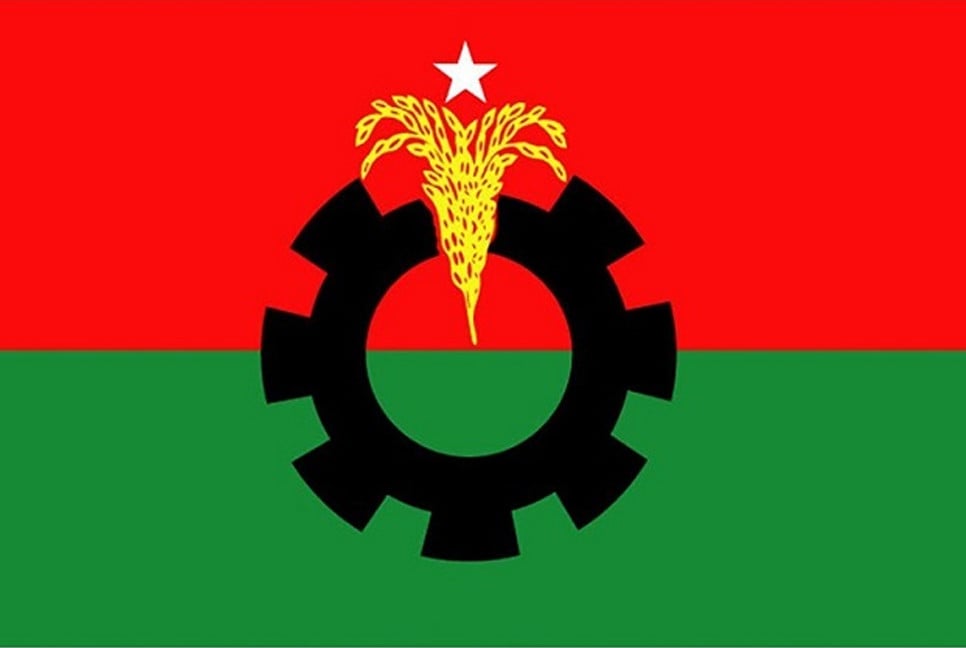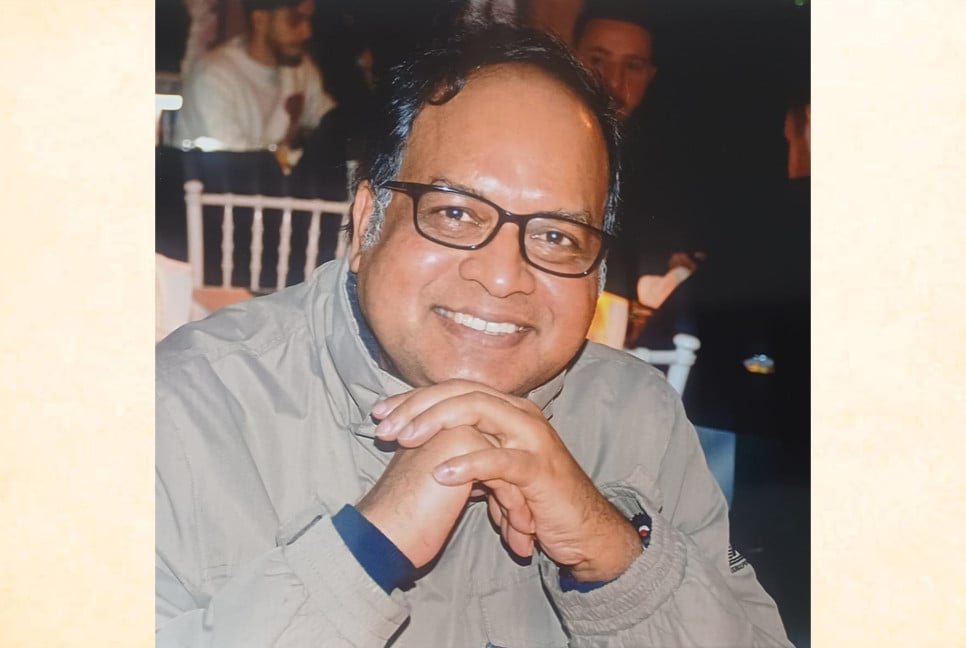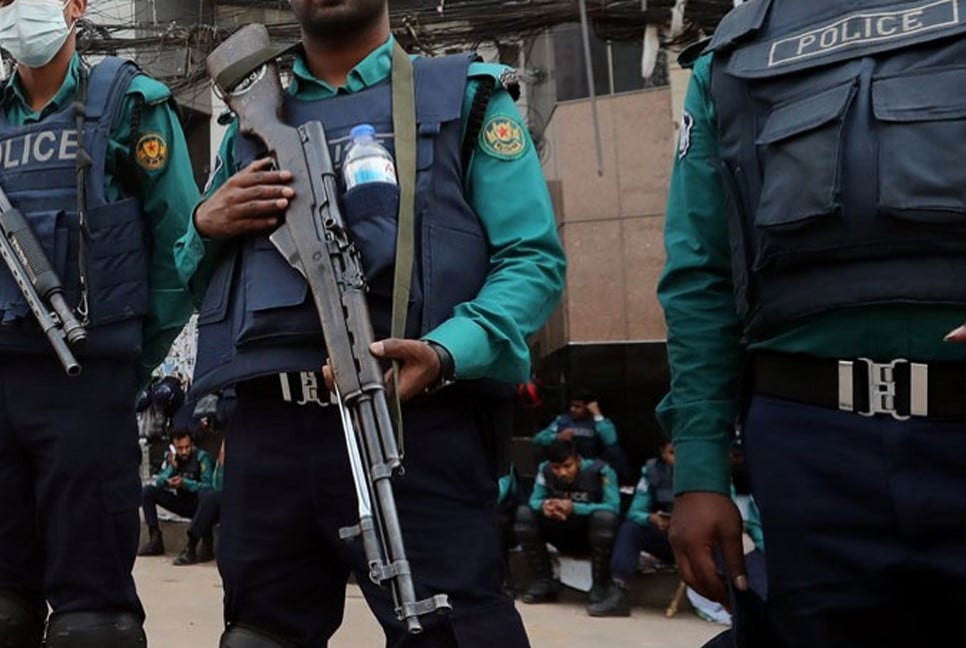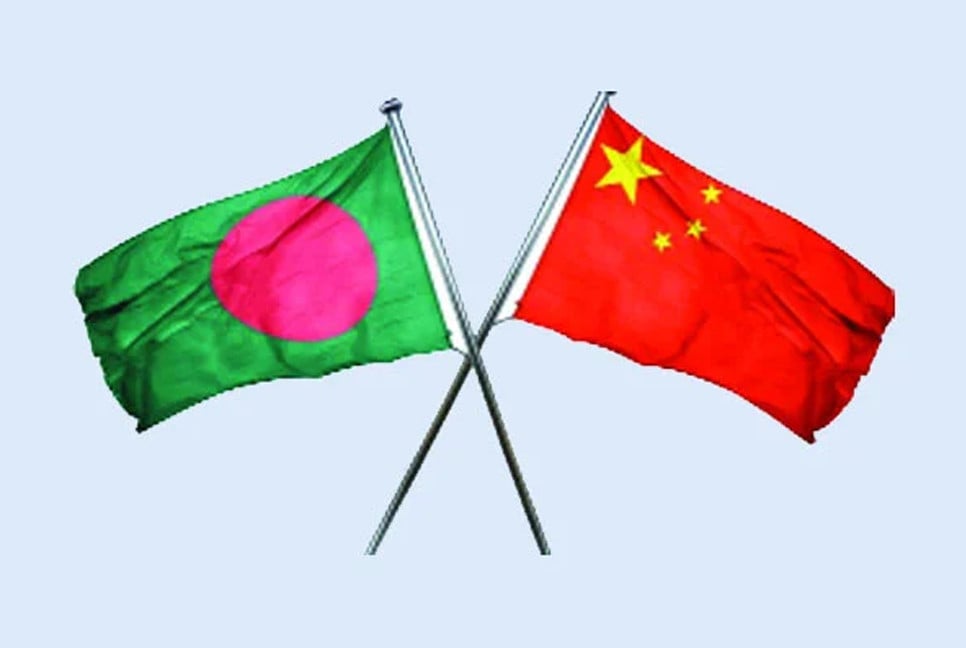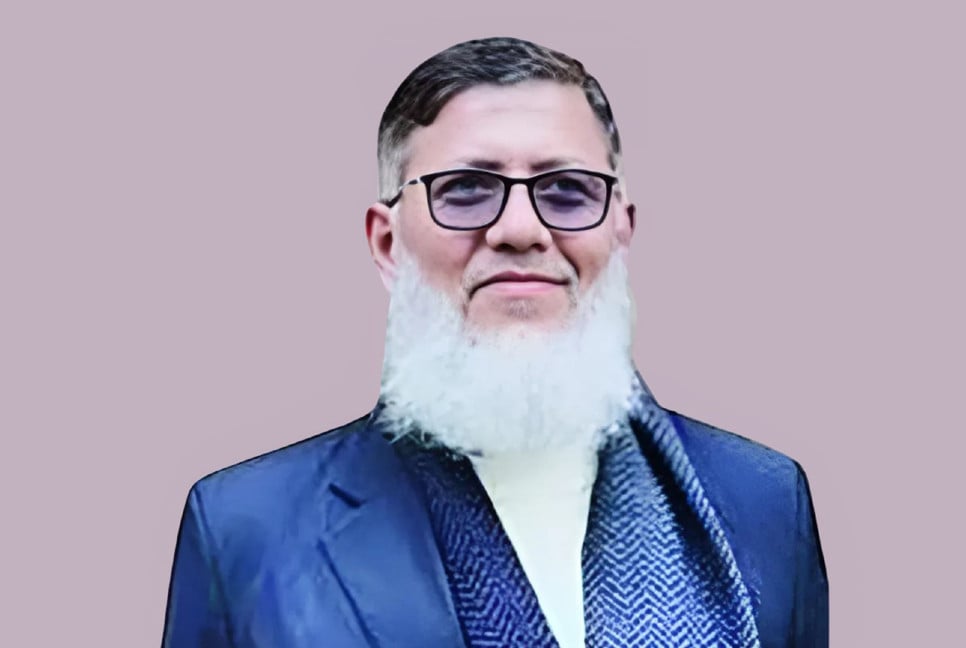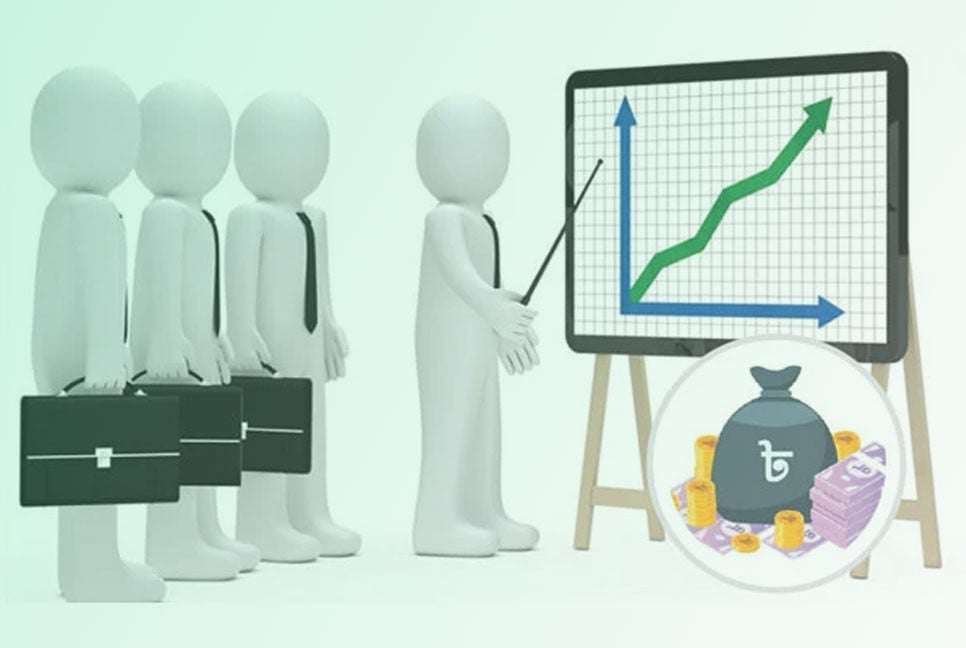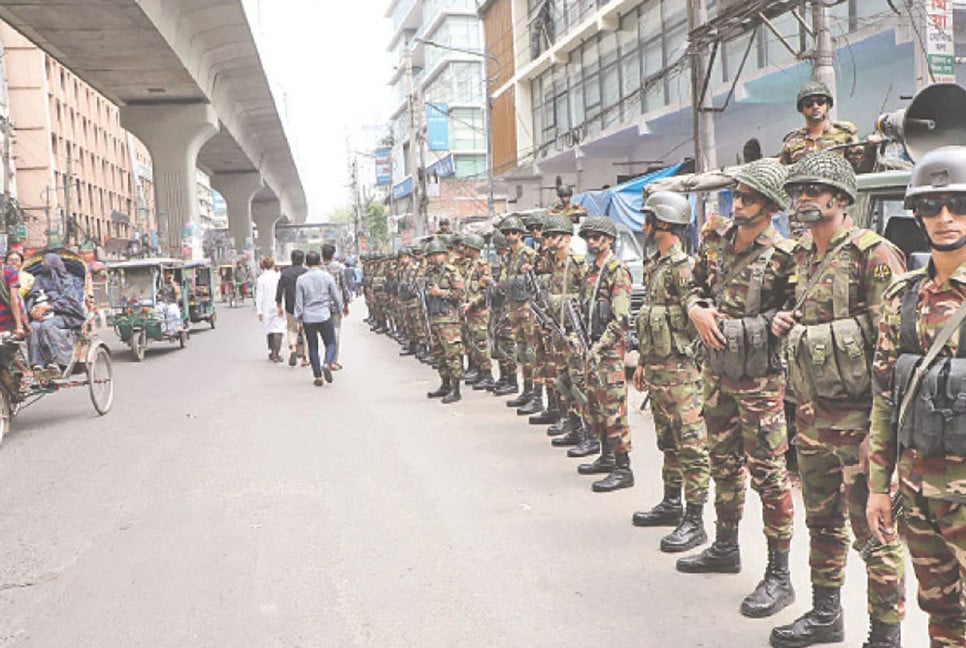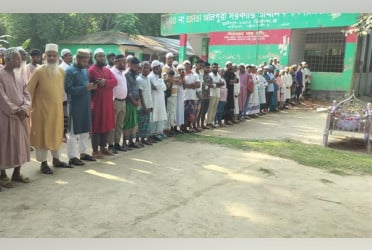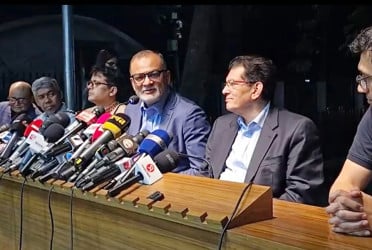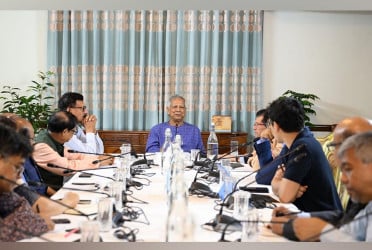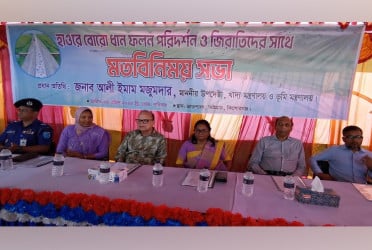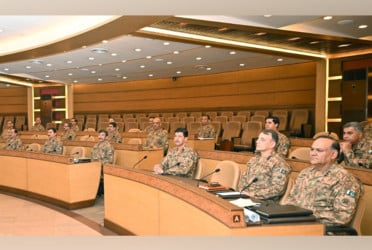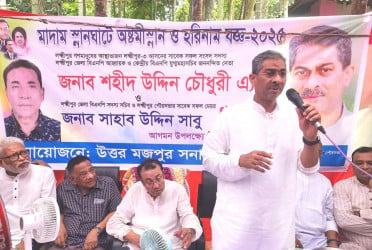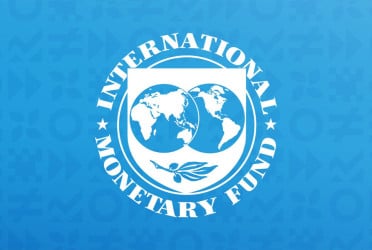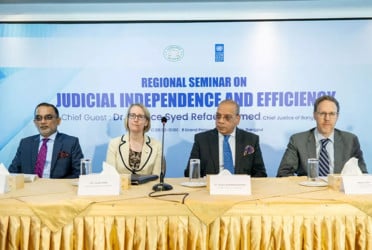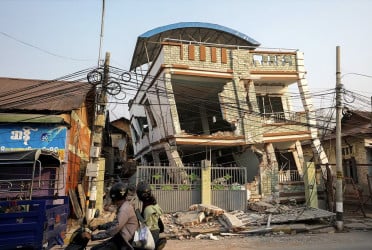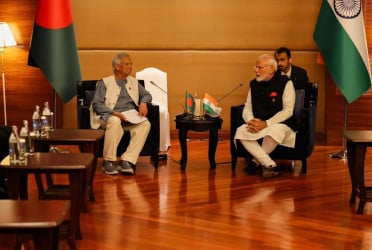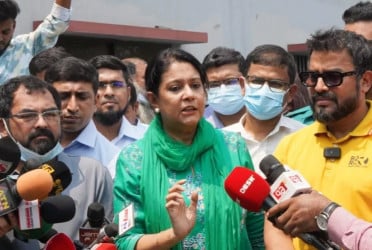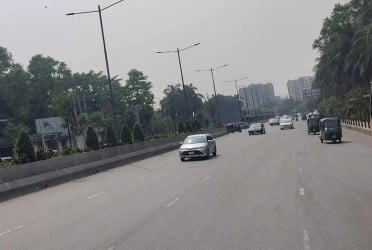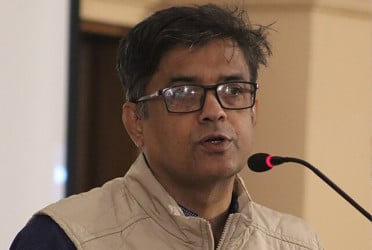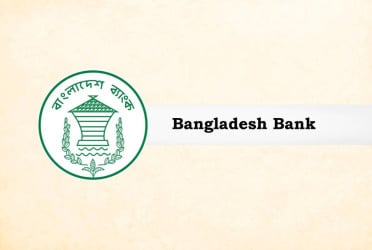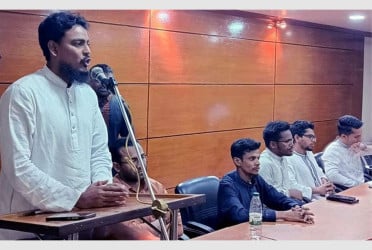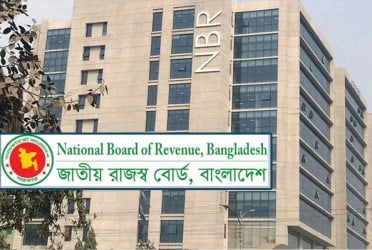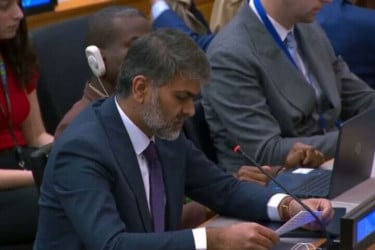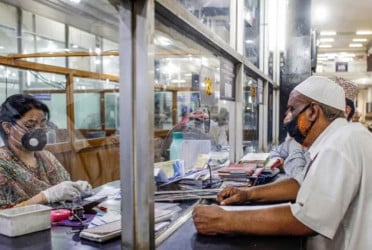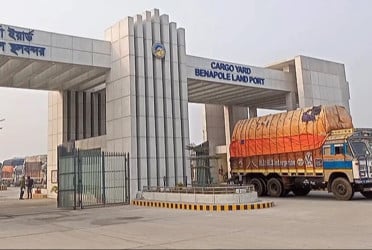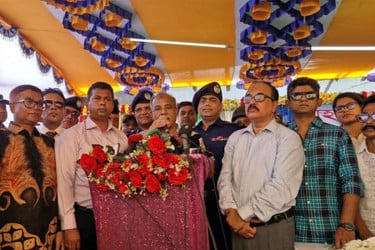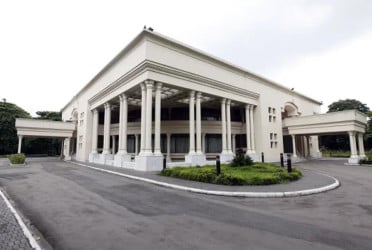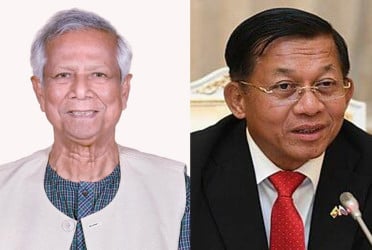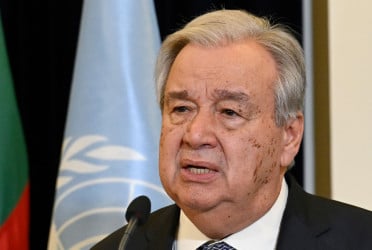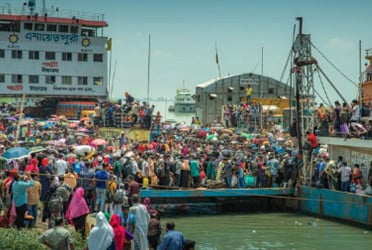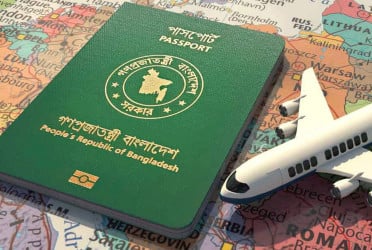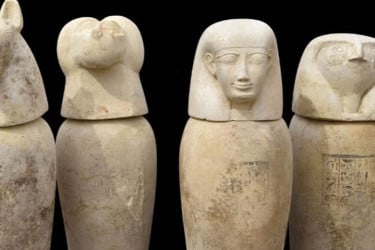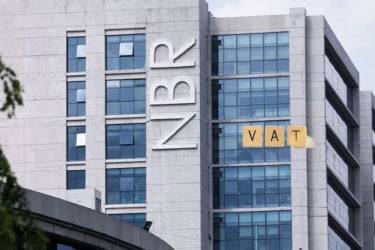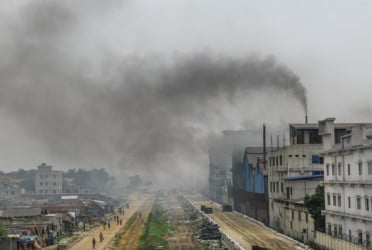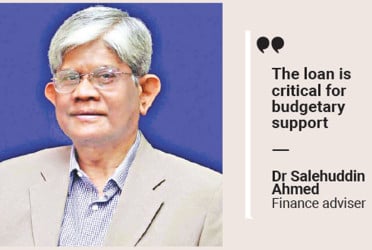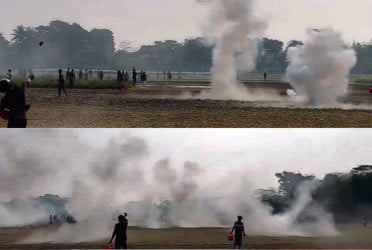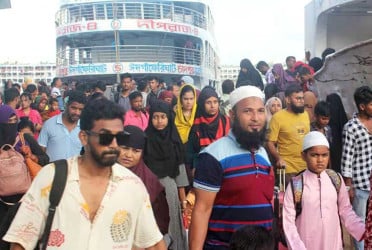Following the former fascist Prime Minister's 'razakar' remark, we liberated ourselves from fear, breaking through the barricades of the Bangladesh Chhatra League in the halls, chanting 'Who are you, who am I, razakar, razakar'. In doing so, we directly challenged the cultural-political narratives of the Awami League that had paralysed us for years, confining us like Nazis in concentration camps, forcing us to live subhuman lives.
From 15 July to 5 August, our struggle extended beyond ousting the Awami League; it aimed to deconstruct the fascist state structure they established and reconstruct a new political settlement. Had this movement been solely about changing political power or sharing power, students and the public would not have taken to the streets, sacrificed their lives, nor would the movement have succeeded.
Why did the previously 'apolitical' Generation Z feel compelled to take to the streets? The answer is straightforward. In recent years, our political culture had reached its nadir. The 'modern' youth, born after 1997, with access to global political knowledge at their fingertips, began to despise the intolerant, narrow-minded, personality-centric, sycophantic, and violent politics prevalent in Bangladesh.
When this politics started claiming the lives of their brothers and friends, forcing them and their acquaintances to live subhuman lives, they had no option but to take to the streets.
Their mobilisation and successful revolution sent a strong message: the need for a 'new political settlement'. In this settlement, the fascist elements of recent years are bound to disappear by default.
Therefore, the question of whether the fascist 1972 constitution will remain is almost moot; it is bound to be abolished by default. Although the interim government has not yet annulled the constitution, we believe they will, in due course, abolish the fascist constitution while preserving the essence of the movement. Despite opposition from some stakeholders, I believe there is no alternative to abolishing the constitution to steer the future of Bangladesh in the right direction.
Interestingly, theoretically, this government is not a revolutionary one; however, in the public consciousness, it is perceived as such. Beyond the traditional responsibilities of interim governments, this one has several times more tasks at hand.
Market conditions remain dire. The economic capacity of general people has not improved. Syndicates continue their dominance. Prices of goods are beyond reach. Yet, there is little public discontent with this government. The general populace desires a proper democratic welfare state; they do not want Fascism 2.0. If democratic changes cannot be brought within state institutions, this government will fail. Since, in the public mind, this is a revolutionary government, its responsibility is to change the entire state structure. The masses did not participate in this revolution merely for a power transition through an election.
The politics we have witnessed in Bangladesh thus far sends a strong message to traditional, profession-based political parties. If these parties do not embrace a 'modern political culture', if they do not abandon their occupation-centric, extortionist mentality, their future will be no different from that of the Awami League. Bangladesh will no longer tolerate Fascism 2.0.
As this unprecedented movement has given birth to a new Bangladesh, it is certain that this nation will not belong to any single group. Bangladesh will rise above religious, racial, and ethnic divisions to become a democratic, secular, and inclusive country—a role model for developing nations in socio-economic and cultural advancement.
The writer is a Programme Officer, Himadri, and Postgraduate Student, Department of International Relations, University of Dhaka.


